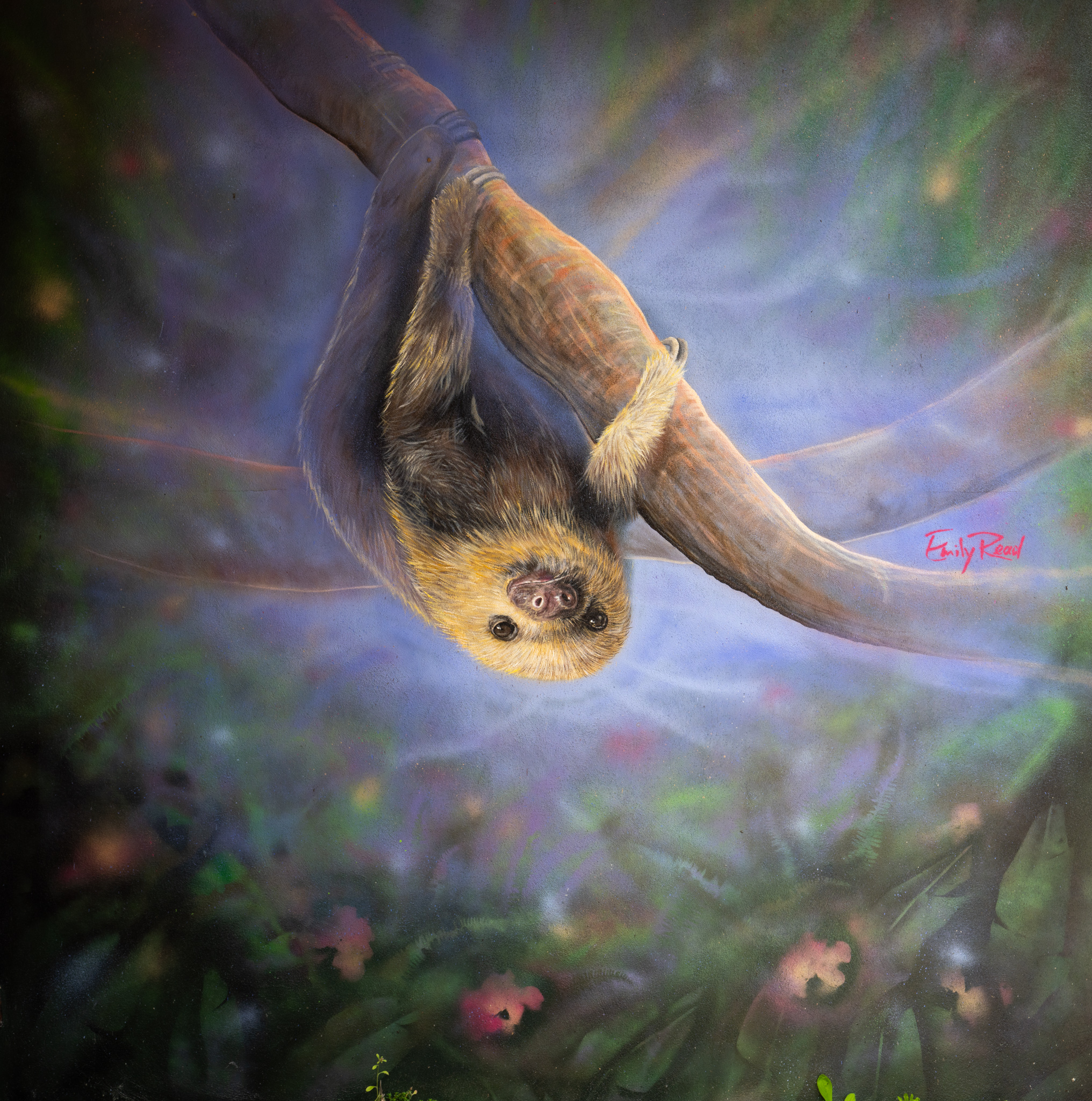We stayed for the week in San José, the capital of Costa Rica, situated in the centre of the country. It is not a particularly nice city. The reasons for visiting Costa Rica lie outside of the city: the mountains, tropical rainforests, volcanoes and the beaches of the Pacific and Caribbean coasts. And the wildlife too, particaulrly the birds and the sloths.
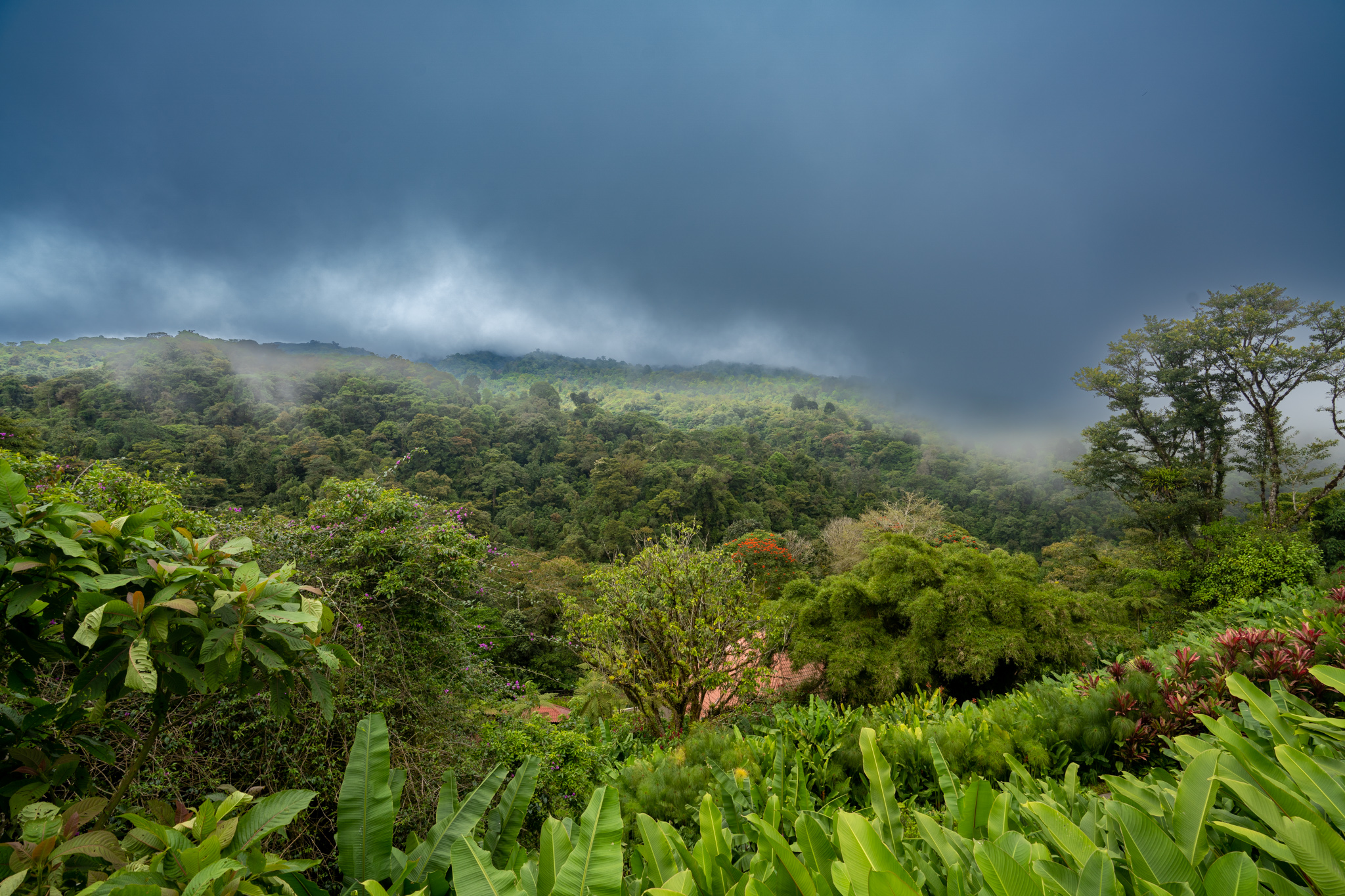
We went there to meet up with some of Dylan’s colleagues. After the company conference that was meant to be held in Nashville was cancelled, employees were instead allowed to organise their own meet-ups. The locals in Costa Rica organised one and we tagged along since we were not too far away in Colombia at the time.
We arrived mid-week, on Wednesday. We met everyone for dinner at Tin Jo, a restaurant serving an ecclectic mix of various Asian cuisines. The evening proceeded like the rest of the week would, conversations moving between english and spanish, learning about each other’s lives and interests, making new friends from far flung places.
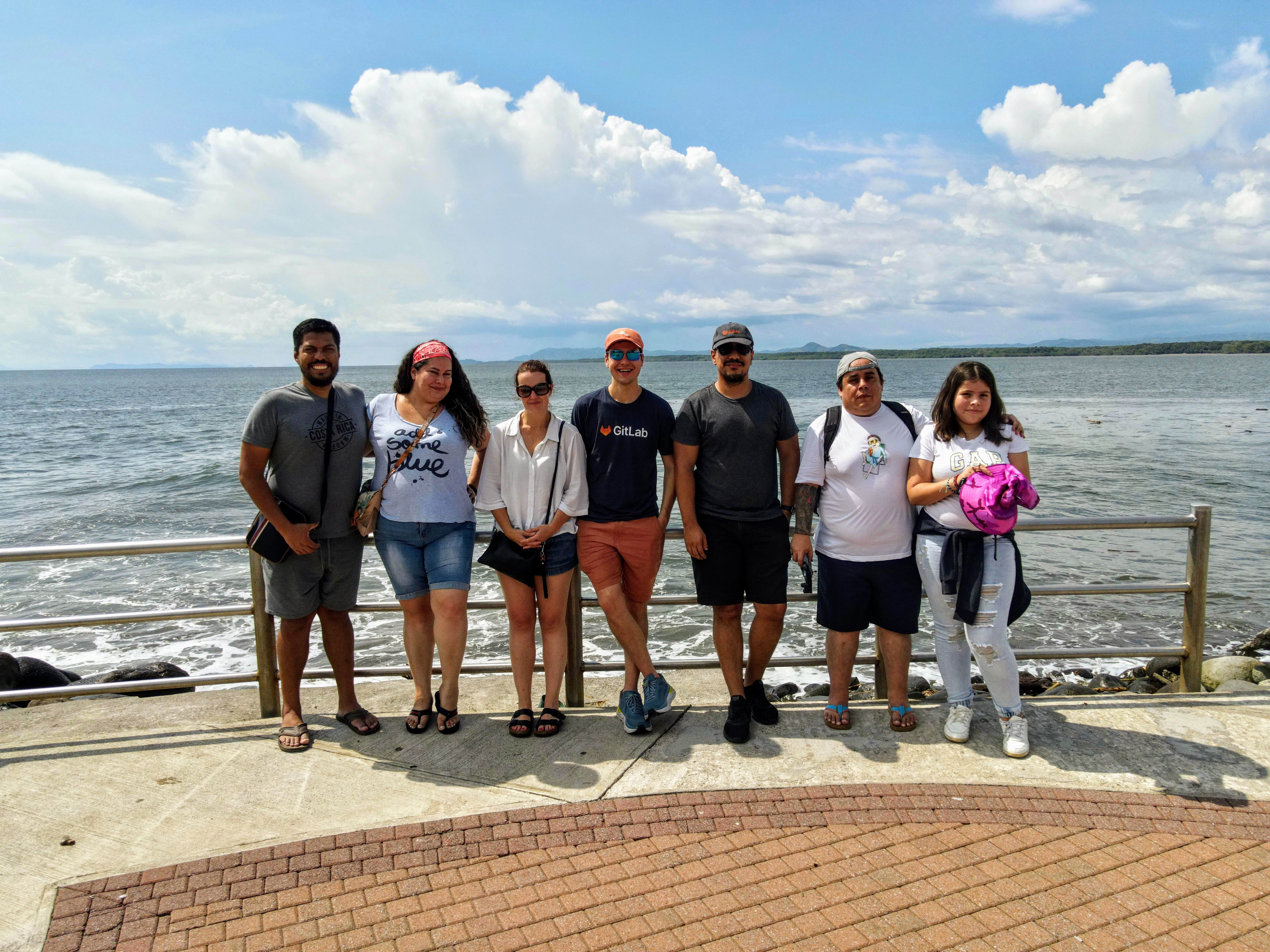
We were supposed to take a day trip the following day, but Dylan came down with a cold overnight (thankfully not covid) and so we spent the day resting at our Airbnb instead. So on Friday we began our adventures. One of Dylan’s colleagues, Mario, took us with his wife and baby for a day trip to the Irazú volcano, which is an active volcano in Costa Rica, a few hours east of the capital. They picked us up near our accomodation in San José and we drove through the mountains and up into the clouds to reach the Irazú volcano at 3,432m.
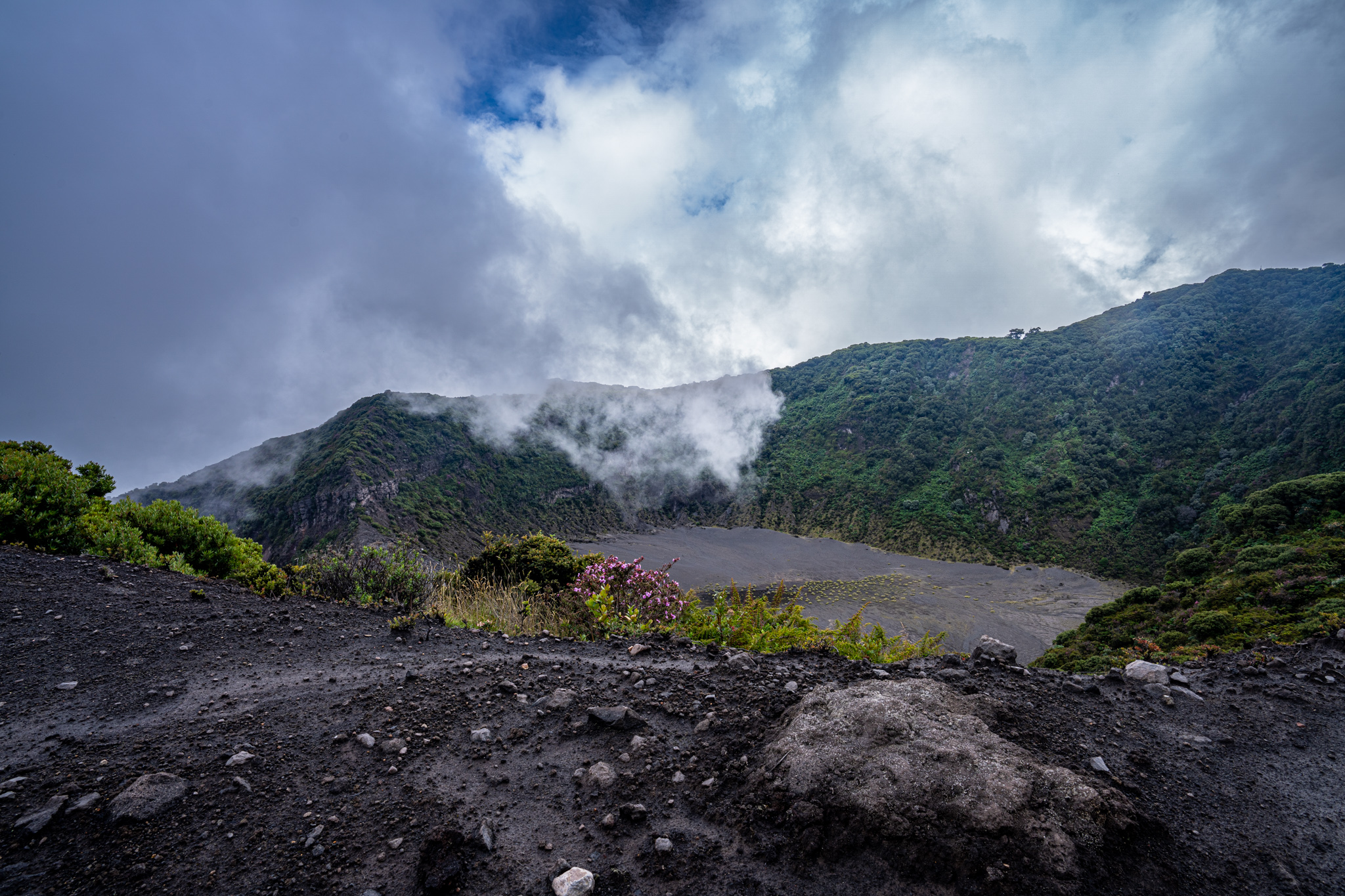
At the Irazú volcano
The air up there is thinner and fresh, nearly 20°C colder than down in the city. We spent some time walking around the main crater, observing its blackened soil, taking photos and waiting for periods where the clouds would part enough for a view of the surrounding craters and flora.
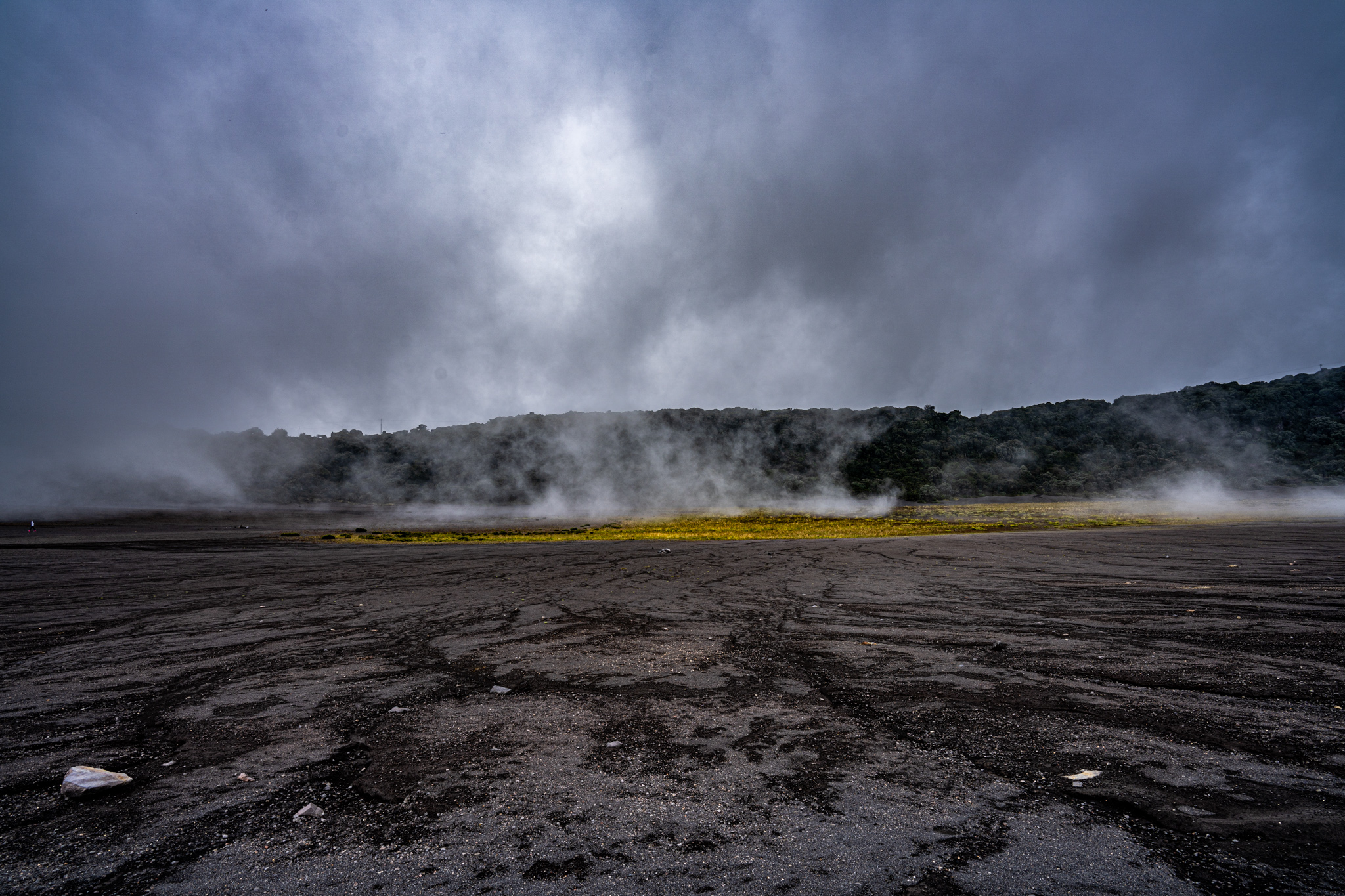
The main crater at the Irazú volcano
Afterwards, we headed someway back down the mountain for lunch at Bocadito del Cielo, which roughly translates to ‘slice of heaven’. There we enjoyed typical Costa Rican dishes - like rice and beans with chicken - and a beautiful view of the surrounding landscape.
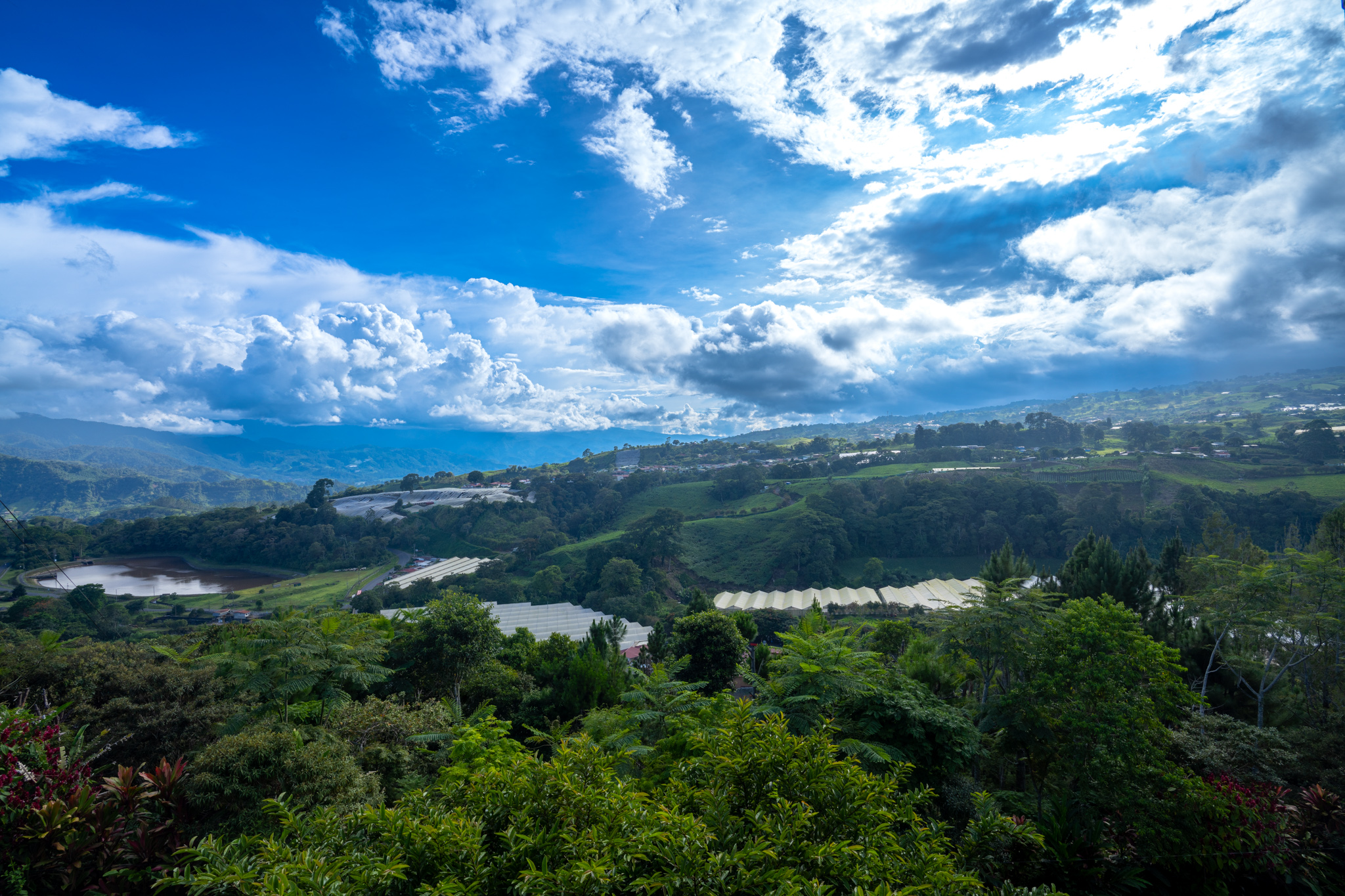
The view from Bocadito del Cielo restaurant
On Saturday, Mario picked us up and along with another colleague, Ronnie, and his daughter, we drove to the Pacific coastal town of Puntarenes. Ronnie insisted on us trying the Churchill - a ubiquitous drink in those parts composed of layers of shaved ice, sickly sweet raspberry syrup, and somewhat inexplicably, milk powder, and then topped with ice-cream and a drizzle of sweetened condensed milk. The ice-cream with raspberry ice was quite tasty, reminding me of a raspberry splice ice-cream, but I couldn’t get on board with the milk powder and sweetened condensed milk.

The Churchill
We spent some time at the beach, taking photos of the birds and iguanas that were hanging around there. We then met up with another colleague, Herb, and his wife, and we all went for a seafood lunch together before heading back to the city.
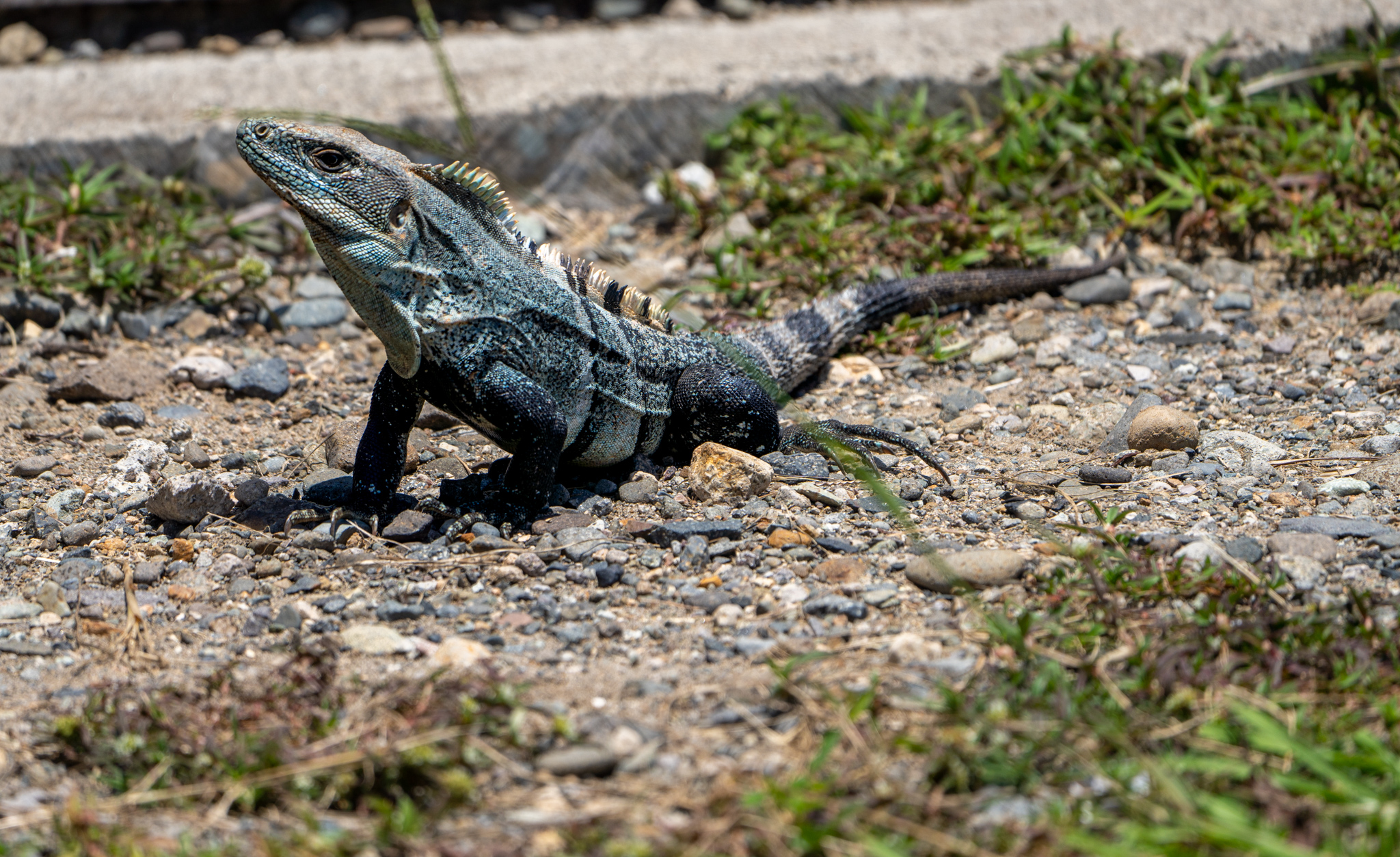
Iguanas at Puntarenes beach
On the way back we stopped at one of the road-side stalls to get local snacks. We bought a collection of different things, some quite unusual and never to be eaten again. The fried plantain chips seasoned with salt and lime, however, were delicious and will be one of those things I will now crave and probably never be able to get back home. An afternoon tropical storm hit on the drive back, as we wound through the rainforest enclosed road, rain lashing the windscreen. Costa Rica regularly experiences landslides due to the heavy rain and while we were there a number of roads were closed, preventing access to other parts of the country we’d been hoping to visit, like Monteverde. Mario joked that Costa Rica has a wet season and an even wetter season, but we were fortunate while we were there that this was the only day of rain, and that no landslides occurred on our way back to San José.
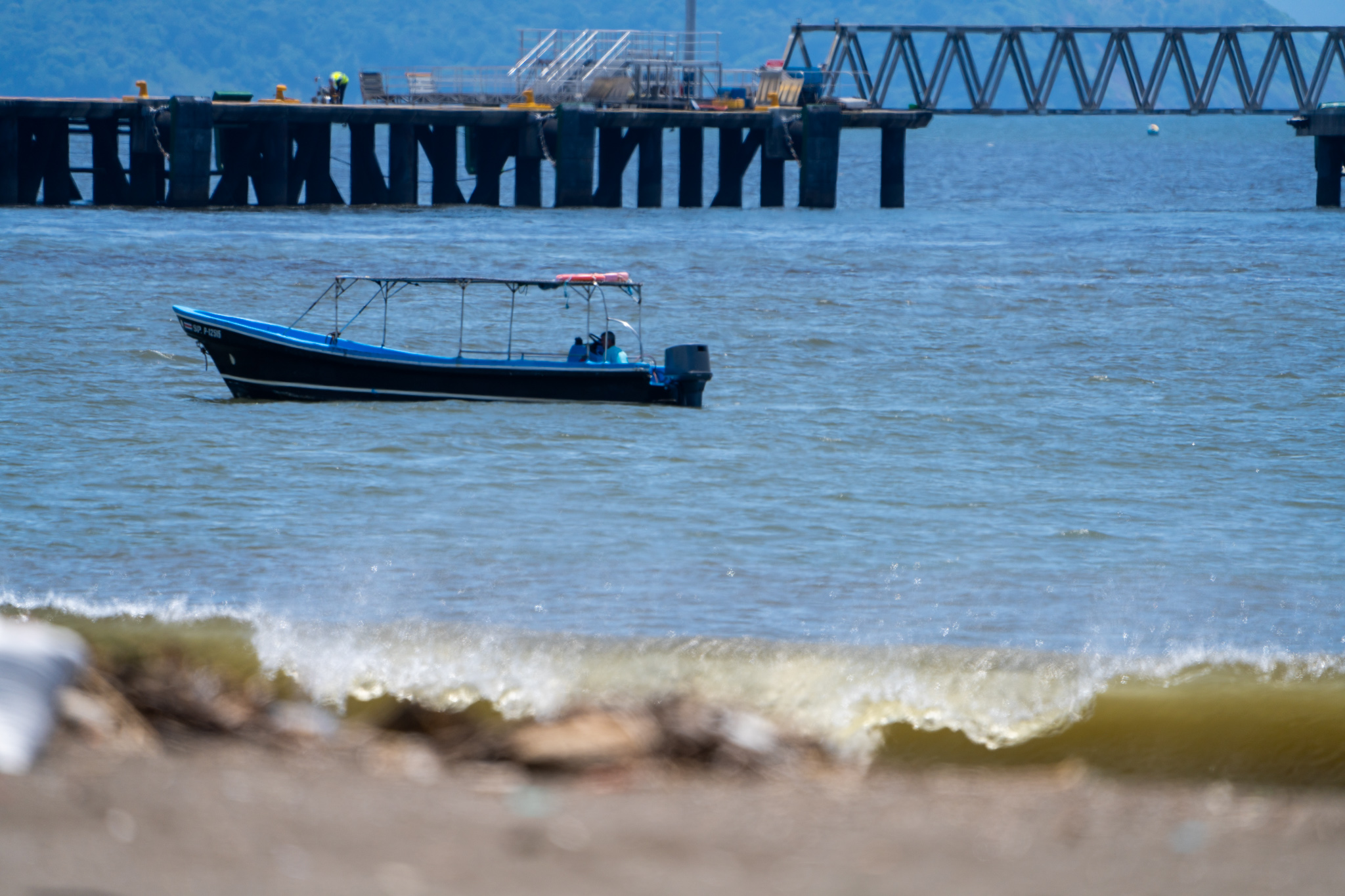
Blue skies at Puntarenes beach
On Sunday, Dylan and I went to the Toucan Rescue Ranch, a wildlife sanctuary whose mission it is to rescue and rehabilitate Costa Rican wildlife with the aim of successfully releasing those animals back into the wild. Their main focus is on sloths and birds and they have a program that teaches those animals how to eat, hunt and behave in natural ways that will enable them to survive in the wild. Our tour, called “Slothies and Coffees”, started with some local coffee and fruits while we sat by Mille the sloth and learnt all about sloths from our very knowledgeable guide. From there, we walked around the Ranch and learnt more about their work while visiting some of their birds, including toucans and macaws.
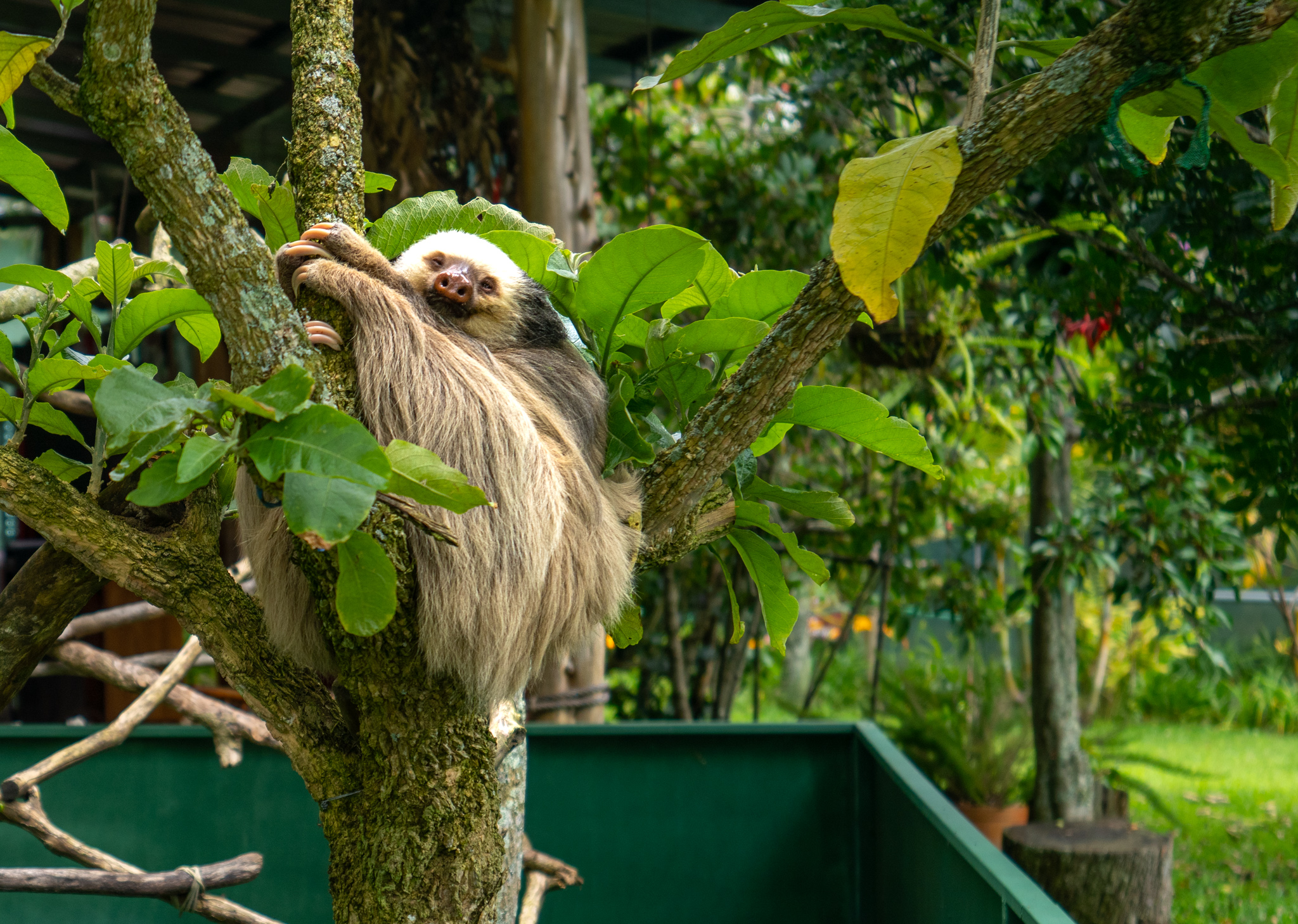
Mille the sloth is a permanent resident
Because the Ranch aims to release the rescued animals back into the wild, they need to prevent those animals from becoming familiar with humans. For that reason, many of the rescued animals are hidden and not able to be viewed at the sanctuary. There are however a few animals that are permanent residents because they were unable to be released in the wild, either because they were too badly injured or were unafraid of humans, usually because they had previously been pets. It is now illegal to have these native animals as pets in Costa Rica and so many of the animals that come to the Ranch have formerly been part of the illegal pet trade.

Tuki the toucan
That night we went for dinner at Tacos El Güero Escalante. The waiter was exceptionally friendly and the food was great. We ordered birria tacos and asked if they had mezcal, and he offered us a mezcal margarita, to which we enthusiastically agreed. It was perfect. It was the first ‘real’ classic cocktail we’d had since we left the US. Every restaurant we’ve been to in Colombia and Costa Rica serves cocktails and they are usually pretty yummy, but despite carrying the name of a classic cocktail they are rarely made to the genuine specs. Of course, we’ve become such cocktail snobs since we source the best things ourselves at home and so it was a treat to be served such a good drink.
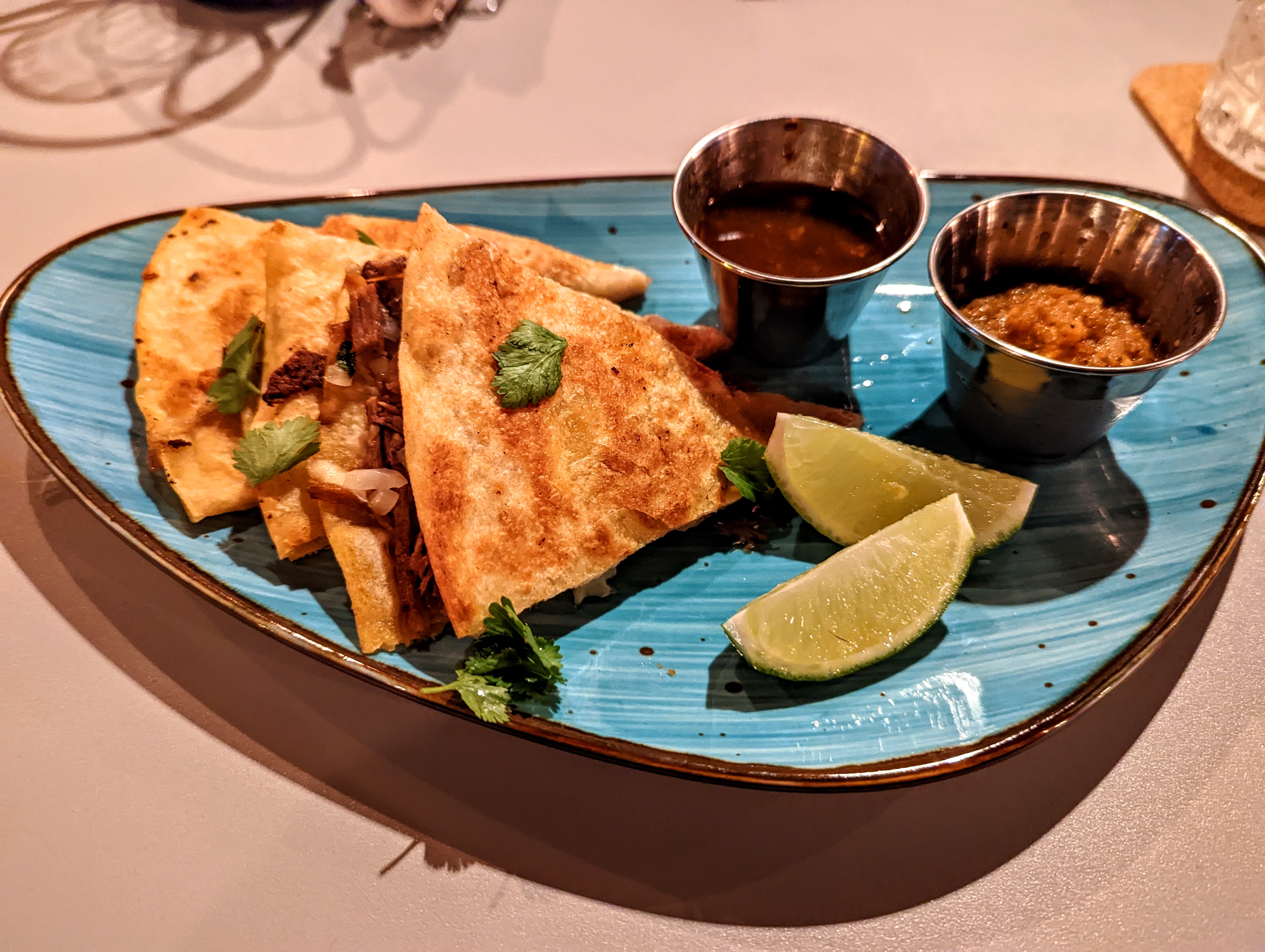
Birria tacos
On Monday Ronnie invited us all over to his place for dinner. He cooked a delicious Mexican dish called encacahuatado, which is pork cooked in a peanut-based sauce. It was quite unlike any other Mexican sauce we’ve had, tasting more like a satay than anything else. We’ve got the recipe and are keen to add it to our menu rotation for taco Tuesdays when we get home.
On our last day of activities, we rose early, skipping breakfast, and after being picked up, we drove up into the mountains. We stopped for breakfast at a Starbucks coffee farm. It had a beautiful open-aired restaurant perched on the edge of a hill overlooking the coffee plants below.

A view from the Starbucks coffee farm
After our coffee and breakfast we went to the La Paz Waterfalls Garden Nature Park. We spent a few hours wandering through the lush tropical rainforest stopping to look at the birds in the large aviary as well as the mariposas in the butterfly house.
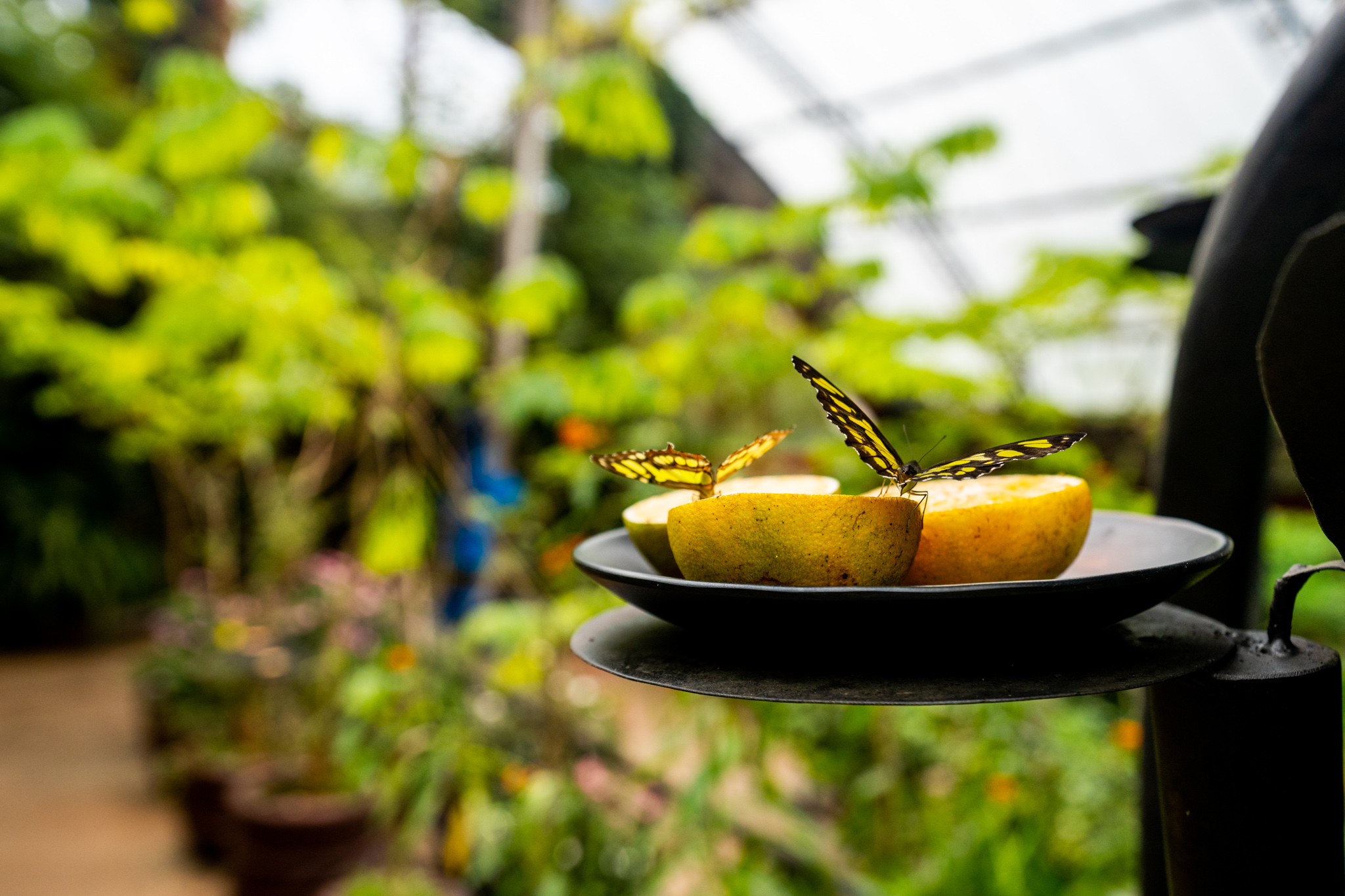
A butterfly in the butterfly house
But the highlight is the waterfall walk; a series of paths and staircases have been built to allow visitors to wander along the edge of five cascading waterfalls, winding so close that getting wet is entirely unavoidable.
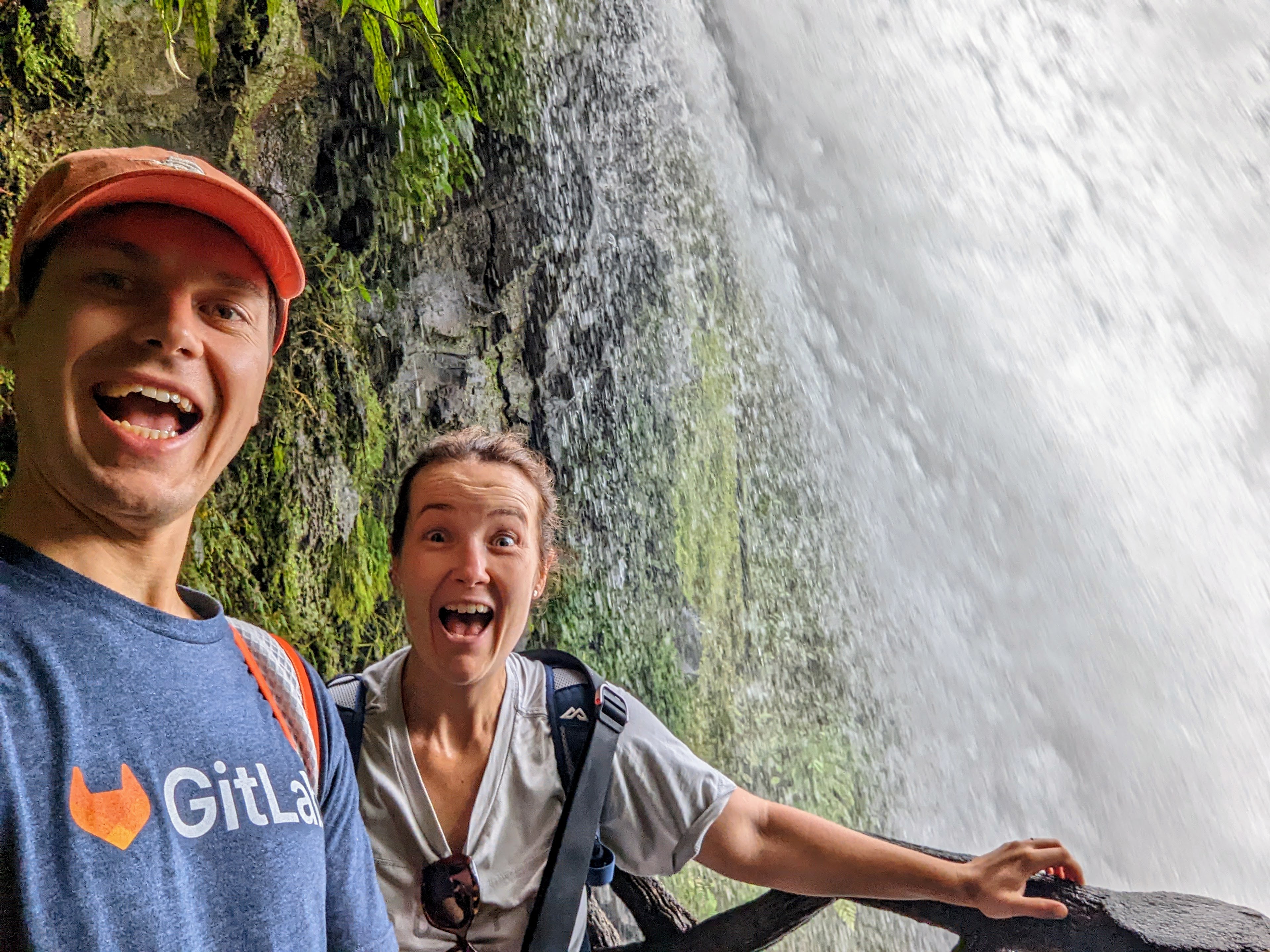
Standing right behind one of the waterfalls
We arrived back late in the afternoon to pack our bags and go to bed before another early start to go to the airport the next morning for our flight back to Colombia.
It was a great opportunity to go to Costa Rica to meet up with locals and be shown around while hearing their stories of life in Costa Rica. They were all extremely generous, driving us around everywhere, inviting us into their home, gifting us coffee, and spending the week being our tour guides. We only hope that one day we can return the favour if they visit Australia.
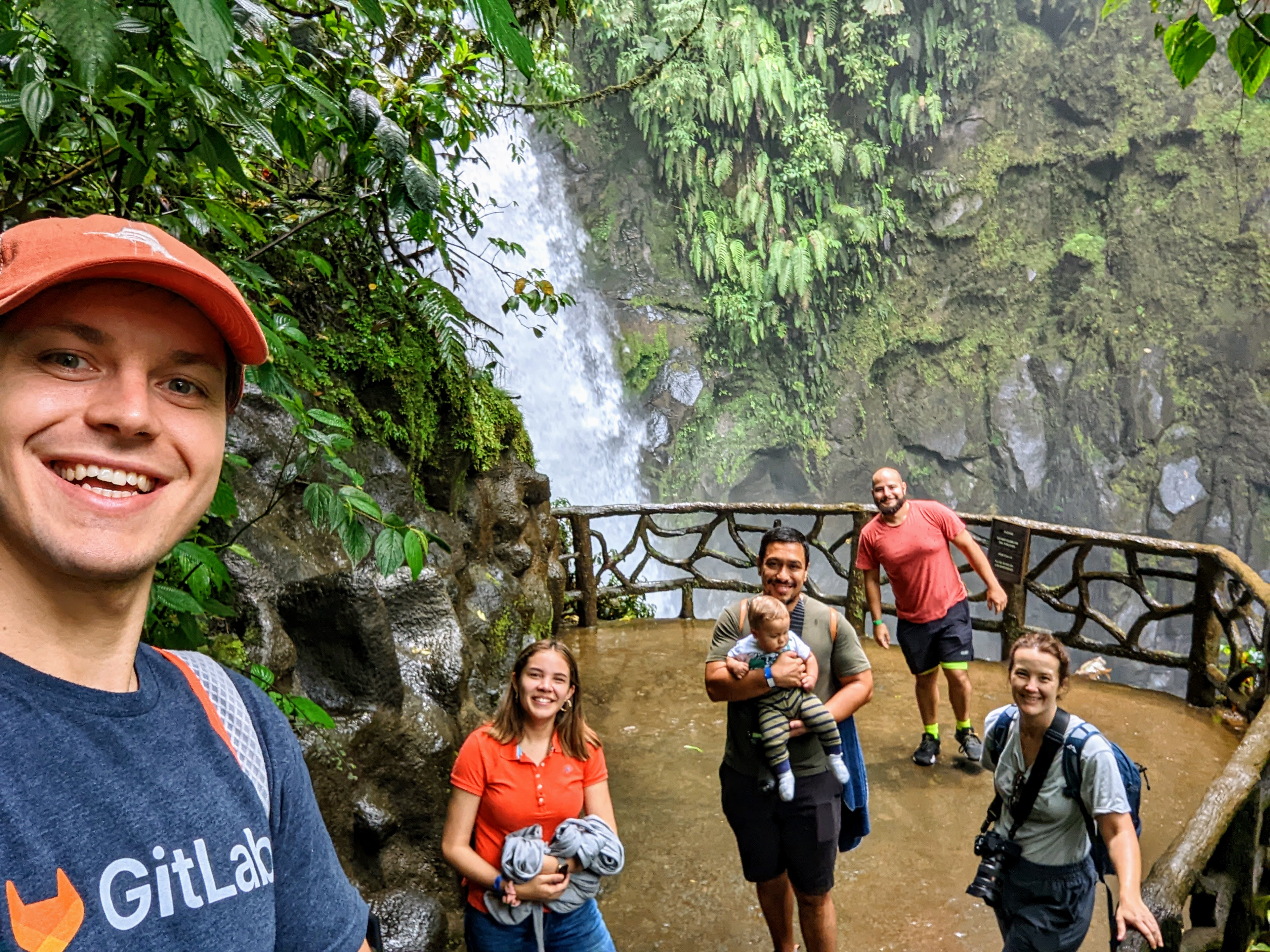
Group selfie at the La Paz waterfalls
Coming back to Medellín felt like coming home. It’s strange how the creation of a ‘base’ when travelling can often have the same effect as creating a home. I don’t know whether it is the familiarity of arriving that reduces uncertainty and effort, or simply the comfort of the chosen place, or something else entirely. We’ve had this feeling before when travelling long term, and it’s often a well-timed necessity to relieve homesickness and to keep going.
